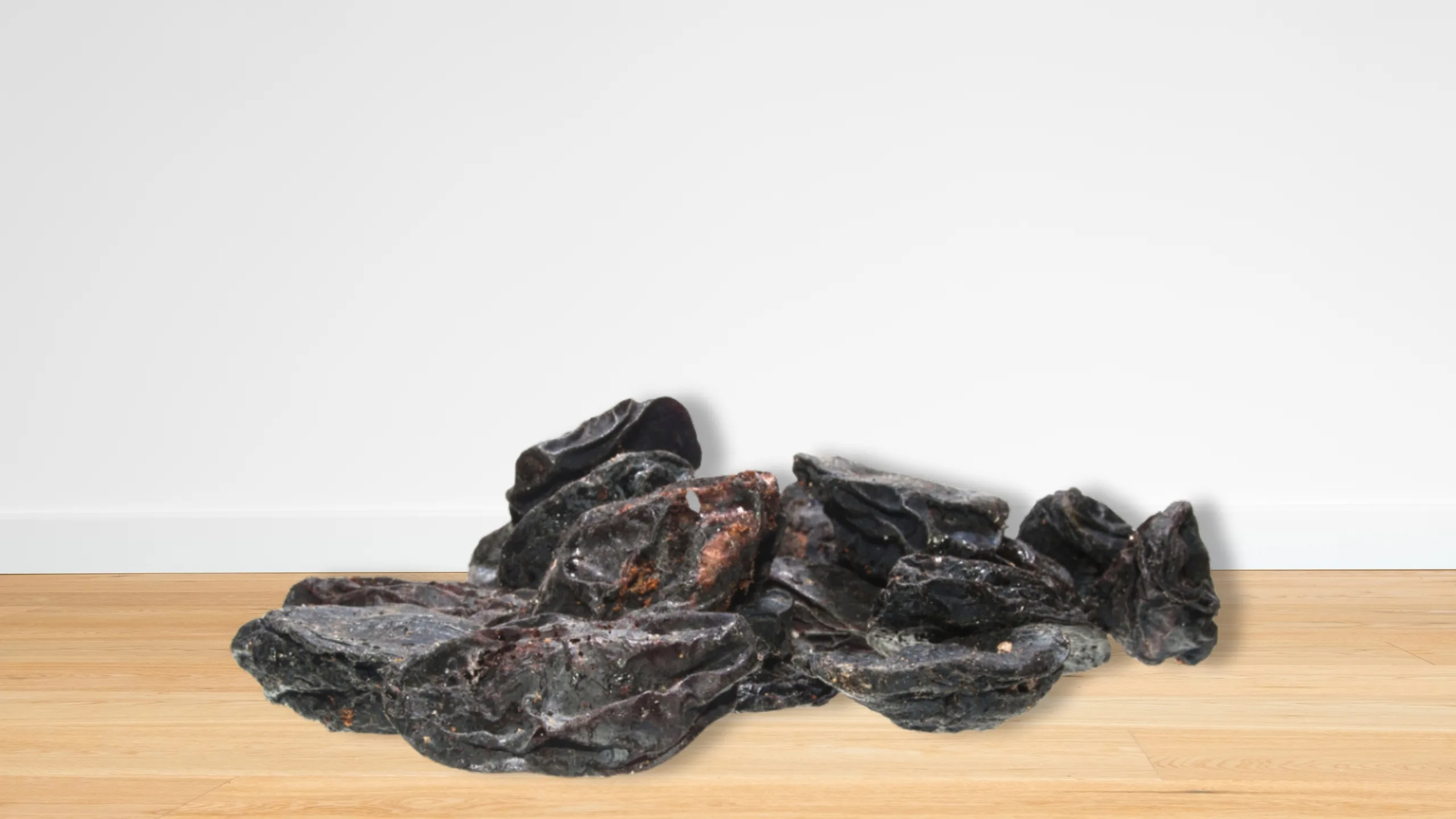Free Shipping On Above Order Value Rs. 500

Shilajeet (Asphaltum punjabianum) is a sticky, tar-like substance found primarily in the Himalayan and Tibetan mountain ranges. Over hundreds of years, specific plants slowly break down through the action of microorganisms, leading to its formation. Rich in fulvic acid and minerals, Shilajit is revered in Ayurveda as a potent rejuvenator (Rasayana) that promotes vitality, stamina, cognitive function, and overall health.
Shilajit is packed with natural compounds, including fulvic acid and vital minerals, making it a potent organic supplement. The primary bioactive constituents include:
Ayurvedic Pharmacopoeia of India, Part-I, Volume IV, Ministry of AYUSH, Govt. of India.
Indian Materia Medica by Dr. K.M. Nadkarni, 3rd edition, Bombay Popular Prakashan.
Ghosal, S., Lal, J., & Singh, S.K. (1988). "Shilajit: Its origin, processing, and phytochemistry." Chemical & Pharmaceutical Bulletin, 36(9), 3863-3865.
Acharya, S.B., Frotan, M.H., Goel, R.K., & Tripathi, S.K. (1988). “Pharmacological actions of Shilajit.” Indian Journal of Experimental Biology, 26, 775-777.
Carrasco-Gallardo, C., Guzmán, L., & Maccioni, R.B. (2012). “Shilajit: A natural phytocomplex with potential procognitive activity.” International Journal of Alzheimer’s Disease, 2012, Article ID 674142.
Pandit, S., Biswas, S., & Jana, U. (2015). “Clinical evaluation of purified Shilajit on testosterone levels in healthy volunteers.” Andrologia, 47(6), 653–660.
European Pharmacopoeia, 10th Edition, Council of Europe.
Singh, H., & Singh, S. (2019). "Shilajit: A panacea for high-altitude problems." International Journal of Ayurveda Research, 10(2), 89–94.

Moving your card details to a much more secured place

100% Payment Protection. Easy Return Policy

Fast, reliable delivery from global warehouses

 My Account
My Account